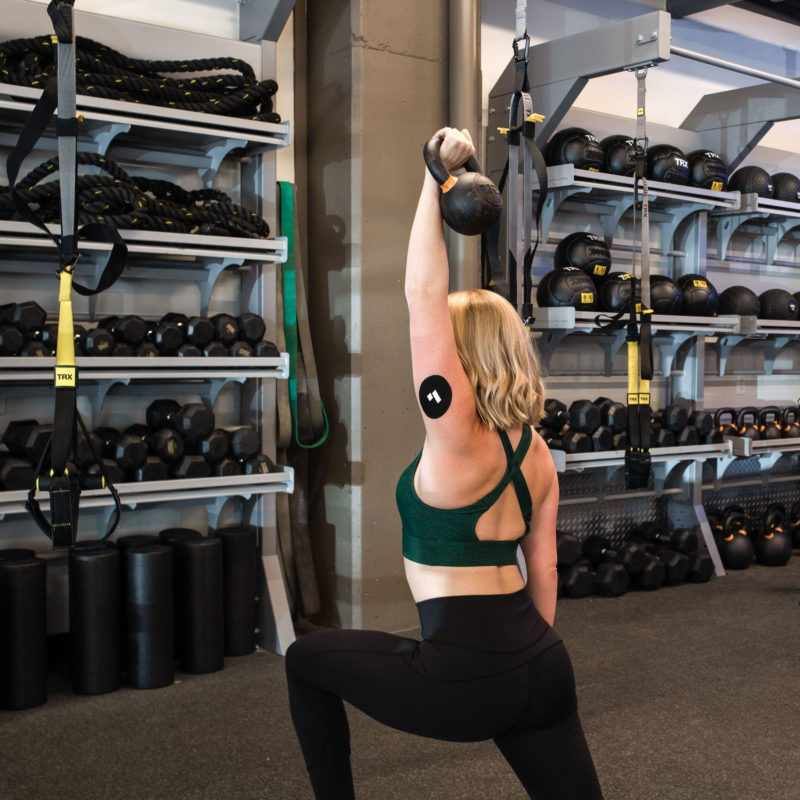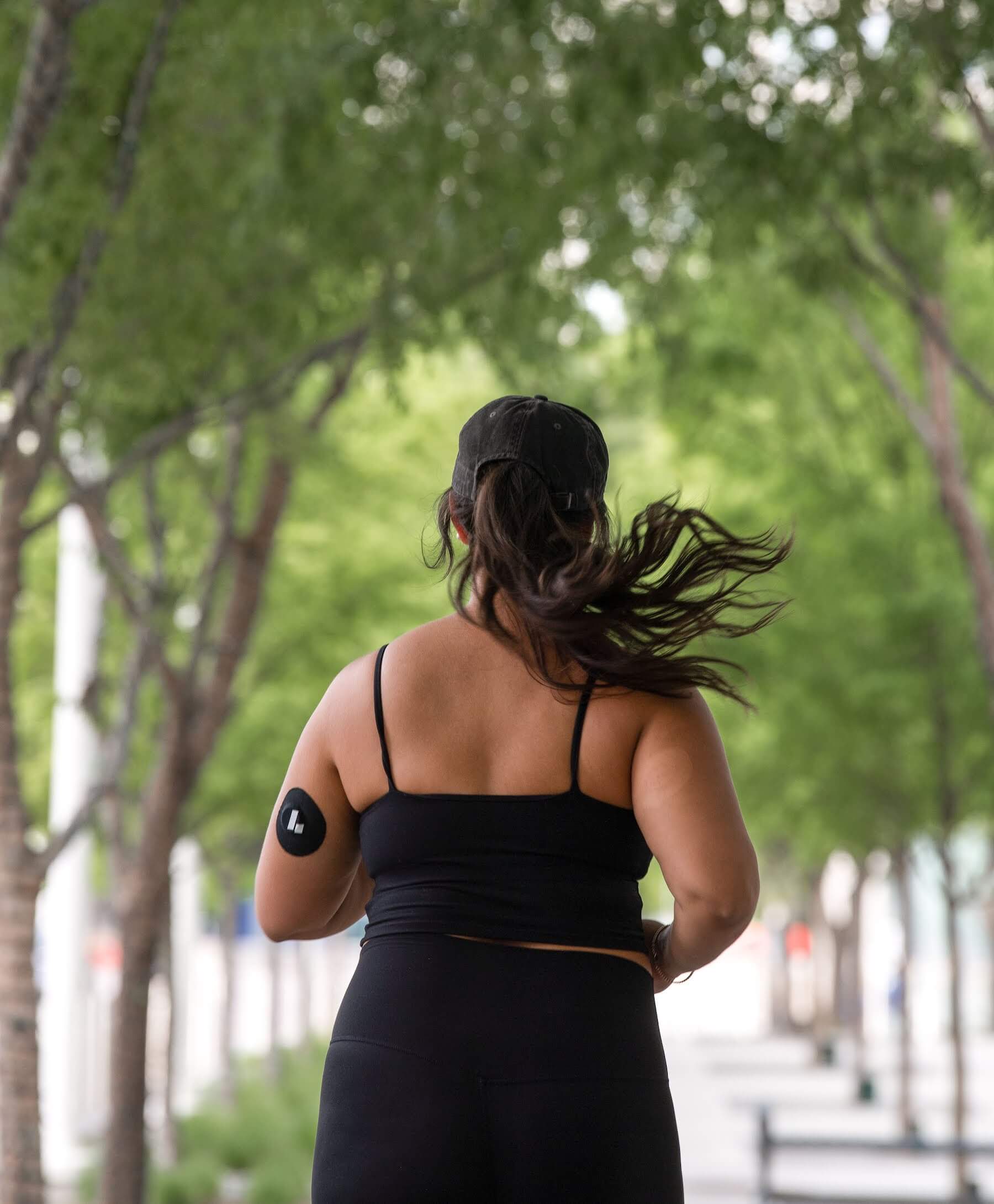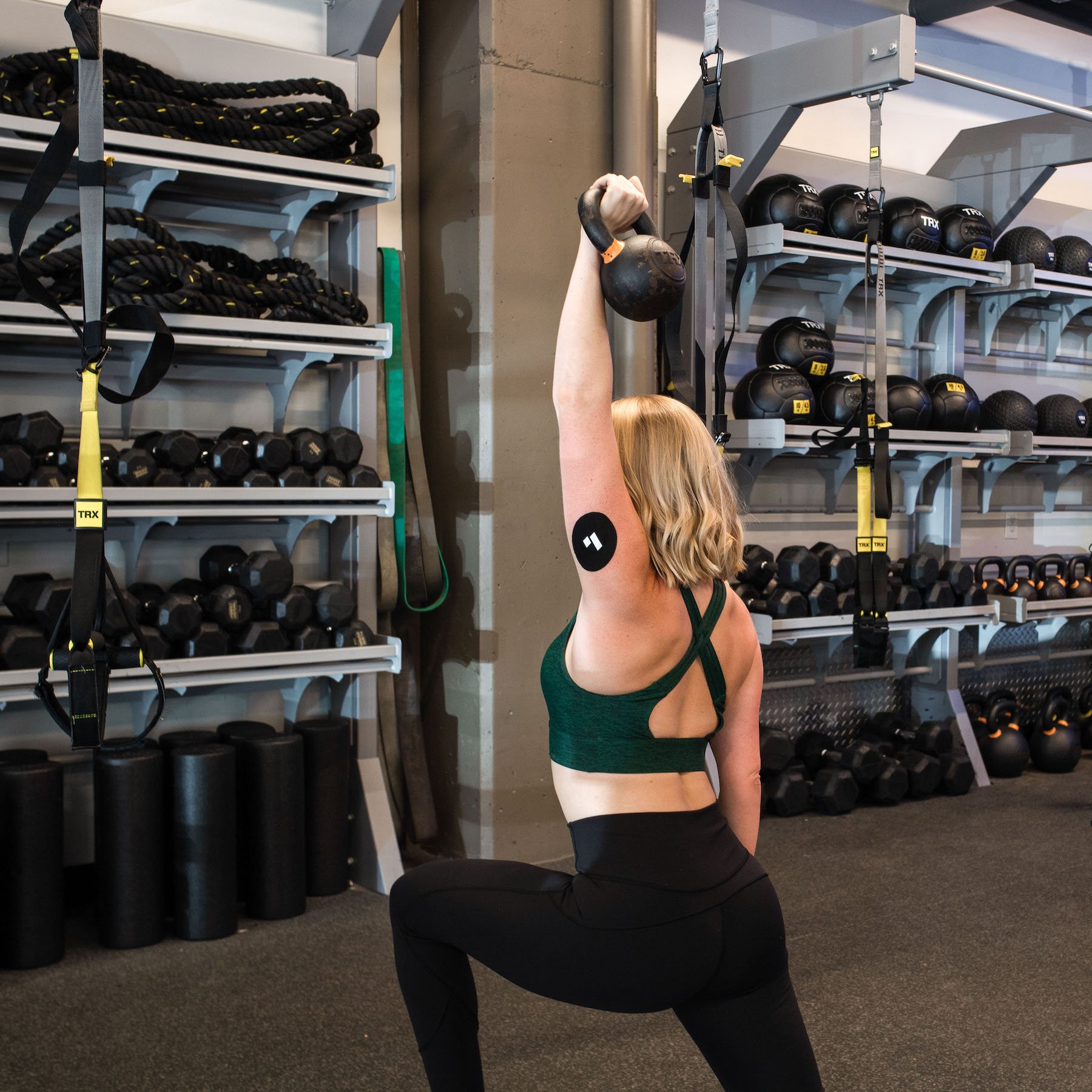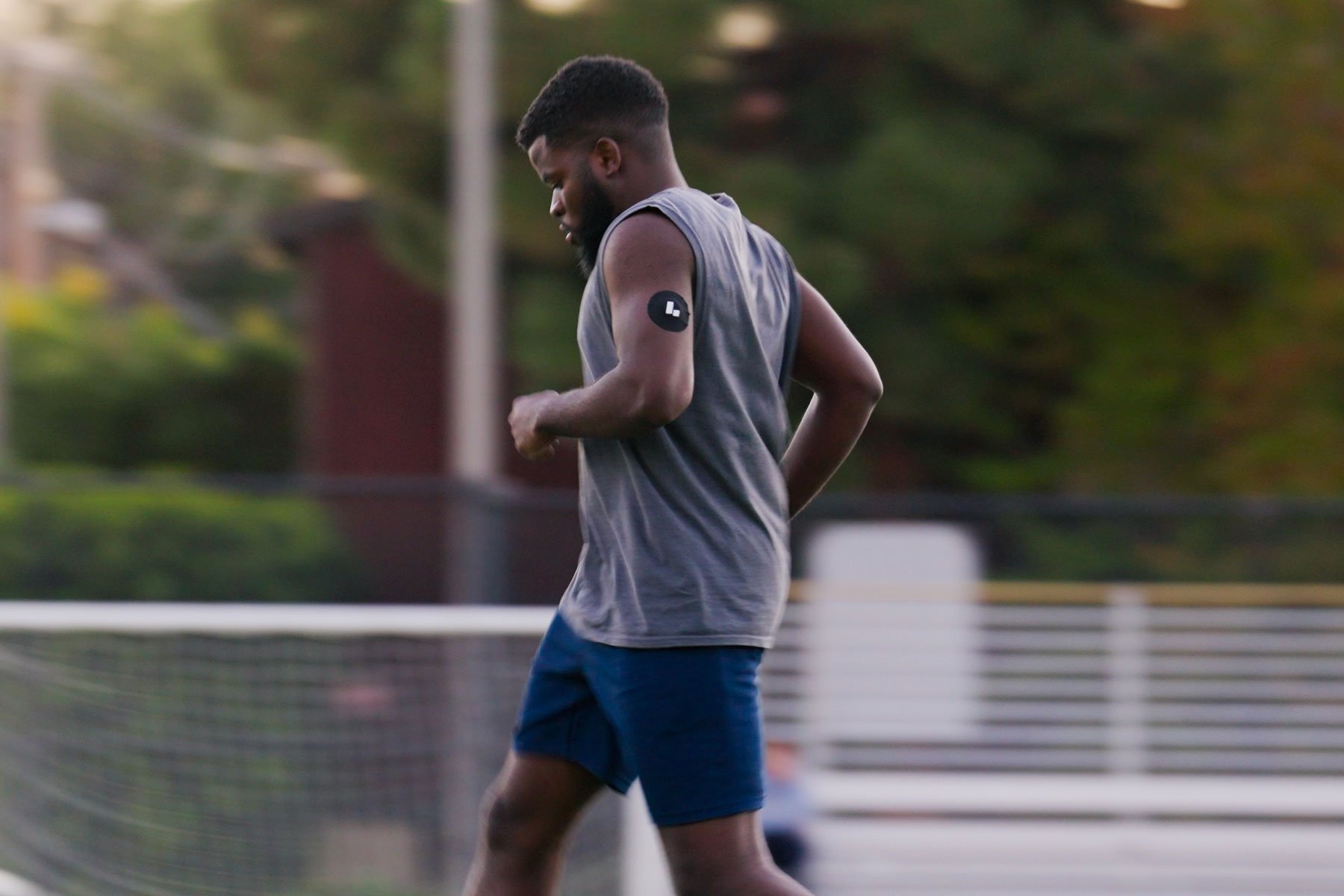Matthew Laye is an Associate Professor at The College of Idaho and chair of the Health and Human Performance Department. His recent research focuses on physical activity and blood glucose; he’s also an ultra-runner and coach. So we asked him to examine a recent paper suggesting that too much exercise damages metabolic health. Here’s his take on the study and what it means.
The Study:
“Excessive exercise training causes mitochondrial functional impairment and decreases glucose tolerance in healthy volunteers”
Published: Cell Metabolism, May 4, 2021
Where: The Swedish School of Sport and Health Sciences
👍 The Takeaway
The type of excessive exercise used in this study was more like short-term overtraining, not the kind of workout even the ardent home athletes would do consistently. Moreover, the detrimental glucose impacts attributed to the exercise were limited, transient, and likely not significant in the long term.
🔬 What It Looked At
The central dogma of biology is that DNA is transcribed to RNA, which is translated into protein. If I had a central dogma of exercise physiology, it would be exercise increases mitochondria (the powerhouse of the cells responsible for creating energy), which increases aerobic capacity (VO2max), which leads to lower mortality and chronic disease risk. The primary finding of this study looked like a break of that linkage, showing that if exercise gets too excessive, it might decrease mitochondrial function and therefore increase the risk of metabolic diseases and mortality.
The authors of this study are interested in how mitochondria respond to different exercise protocols. Previously, this group of researchers tested a protocol focused on very high-intensity cycling sprints: 30 seconds at max effort, 4-minute rest, repeated up to six times in a row. They found performing this workout seven times over two weeks was sufficient to improve aerobic performance and increase the ability to do more work (as measured by watt output on a bike). However, it also lowered the ability of isolated mitochondria to use oxygen, which the researchers hypothesized is a protective measure against increased production of free radicals and oxidative stress. Notably, some degree of free-radical output and oxidative stress is a normal part of exercise, and many believe free-radicals are vital in spurring the positive effects of exercise. But excessive free radicals can overwhelm antioxidant defenses and lead to cellular damage and chronic disease. In other words, we want our activity to fall in the Goldilocks zone and produce just enough free radicals but not too many, not too few.
Based on this previous work, the authors hypothesized that this mitochondrial impairment from intense exercise could have metabolic consequences. Indeed, others have found that people with Type 2 diabetes have worse isolated mitochondria function, associated with worse glucose control.
The design of this new study is important, so let’s dig into some of the details. There were 11 young, healthy subjects—this is a meager number to make any broad conclusions. These subjects performed an initial VO2max test on the bike to figure out what workload in Watts represented 95% of their VO2max; that’s the training intensity at which they’d perform the intervals. Over the four-week training program, subjects progressively increased the total number of minutes they spent at that 95% threshold:
- 36 minutes in week one (called light training, LT)
- 90 minutes in week 2 (called moderate training, MT)
- 152 minutes in week 3 (called excessive training, ET)
- 52 minutes in week 4 for a recovery period (RE)
At the end of each training week, 14 hours after the last exercise session, subjects took an oral glucose tolerance test (OGTT). They also had a muscle biopsy taken to measure mitochondrial function, metabolites such as glucose and glycogen, other proteins related to mitochondria remodeling, and antioxidant enzymes. During that last exercise session of the week, researchers measured subjects’ workload (in W) and oxygen consumption. (Note that subjects performed no additional exercise tests at any point in the study, so we don’t know whether the training improved performance.)
The authors also performed a small supporting study comparing the daily glucose fluctuations of elite athletes to those of the recreation subjects (elite meant “competitive at the national team level in endurance sports”). They tracked glucose every 15 minutes for two weeks and compared the mean blood glucose concentration, time above 160 mg/dL, and time below 80 mg/dL of blood glucose.
(There were many other measurements related to mitochondrial function and concentration done in this study—too many to discuss in detail, so I will only briefly mention them where warranted.)
Before proceeding to the results, it’s helpful to put the exercise intervention in context. Exercise intensity of 95% of VO2max is hard! For instance, most people can only maintain 90% of VO2max for an average of 14 minutes and 100% of VO2max for just 6 minutes. Training studies aimed at increasing VO2max in well-trained athletes use a 4 x 4-minute interval at 95% of VO2max three times per week (for a total of 48 minutes per week). That’s about half of the moderate training condition in the current study. The excessive training, 152 minutes a week at 95% of VO2max, is likely not sustainable for more than a week or two. Furthermore, most elite athletes spend very little time at intensities close to VO2max. As an ultra-running coach and exercise physiologist, to me, the exercise protocol used here looks like an acute overtraining stimulus, well beyond what elite athletes do.
📈 What It Found
Increasing the exercise training duration from low (LT) to moderate (MT) to excessive training (ET) did increase the overall mitochondrial concentration in the muscle. However, when the authors isolated those mitochondria from muscle biopsies and put them through their own mini workout in a petri dish, the mitochondria’s ability to utilize oxygen decreased after the ET week, but not the other weeks of training. The decrease in function was about 40% and confirmed their previous result, in which seven days of high-intensity interval training in 14 days decreased mitochondria function.
The subjects also took an OGTT after each week of training. The OGTT entails drinking about 12 ounces of liquid containing 75 grams of glucose and measuring blood glucose over 90-120 minutes. In this study, the authors measured the total area under the curve (AUC) or cumulative glucose levels. After the ET week, subjects had an 11% increase in AUC—higher than the other weeks of training. The authors write:
“We found that glucose area under the curve (AUC) was unaltered during the first part of the intervention (from 600 ± 29 at BL to 589 ± 22 mmol/L/min after LT) but were strikingly increased (my emphasis) to 658 ± 23 mmol/L/min during ET.”
Subjects also had their insulin levels measured during the OGTTs, since one of insulin’s primary functions is to help lower blood glucose and return it to homeostasis. Insulin’s impact on lowering blood glucose is dependent on insulin sensitivity in the peripheral tissues (skeletal muscle, fat, and liver), the amount of insulin secreted from the beta-cells in the pancreas, and the clearance of insulin from the liver before reaching the periphery.
During ET, there were no changes in insulin sensitivity and the total insulin secreted (as measured by C-peptide). If the subjects were more insulin resistant—an early marker of metabolic dysfunction—you would expect to see increased insulin levels with the higher glucose AUC. However, the study showed the opposite: a 20% lower insulin area under the curve following the ET training compared to the moderate training volumes. One interpretation is that the OGTT increase during ET is not from insulin resistance and thus likely not related to early metabolic dysfunction.
Alternatively, the authors see that ET caused more insulin to be “cleared” by the liver before circulating to the rest of the body. The authors did not discuss or speculate on the reason for this enhanced clearance only during ET. However, in looking at other research, exercise (particularly the more prolonged exercise like you would have after the ET) does increase insulin clearance. A study in healthy Japanese men found that increased insulin clearance was associated with increased insulin sensitivity, counter to the idea that ET causes metabolic dysfunction. Others speculate that insulin clearance is related more to diet and energy balance, which were not measured in this study.
In the experiment measuring glucose profiles of 15 elite athletes versus 12 regularly active people, both had 24-hour average glucose of 100 mg/dL, which is considered healthy and normal. However, the elite athletes spent more time (42 minutes a day) above blood glucose of 160 mg/dL than non-elite subjects (21 minutes a day). However, the study does not provide any information about these subjects’ current or past exercise or diets. We know that high-intensity exercise can increase blood glucose levels and elite endurance athletes also need a lot of carbohydrates to sustain their high-intensity training, which can also increase blood glucose levels transiently. Either high-intensity exercise or diet might explain the elevated results in the elite athletes.
🤔 Why It Matters
Around the time this article was published, media outlets picked up the study with titles such as “Is HIIT Bad for You? The Downsides of High-Intensity Workouts,” “Study: High-Intensity Interval Training May Be Hazardous to Your Health,” “Extreme Exercise Carries Metabolic Consequences: Study,” Too Much High-Intensity Exercise May Be Bad for Your Health.” While some of those articles discuss the nuance of the paper better than others, all missed some key points.
First, it’s important to emphasize that in the week after ET, most of the variables returned to “normal,” including exercise performance metrics (Watts completed), AUC for glucose during the OGTT, and function of isolated mitochondria. So even if there is a negative effect on glucose metabolism, it’s short-lived as long as you dial back the training.
“Exercise is by far one of the most positive things we can do for our overall health in general and metabolic health specifically.”
The unexpected finding in the study that gathered so much coverage was the 11% increase in glucose area under the curves. Let’s provide some context for what an 11% increase in AUC represents. When we compare a person with obesity and diabetes to someone with obesity and optimal glucose tolerance, the person with diabetes has a 100% increase, or doubling of the AUC. Other work shows a 9% increased AUC of glucose following just 24 hours during which young, lean people only consumed 25% of their needed caloric intake. Yet, do we say that short-term energy restriction (fasting) is “bad” for us?
Furthermore, the measurement error of many of these devices is in the 5-10% range itself. My interpretation is that the 11% increase the authors saw at the ET seems to be a slight temporary dip in glucose tolerance that disappeared with one week of HIIT training for 53 minutes. It’s not a chronic pathological issue but a brief physiological response to a short bout of excessive stress.
The authors suggest that the change in mitochondrial function is the reason for the OGTT data. They support this hypothesis by observing that Type 2 diabetics also have a decrease in isolated mitochondrial function. However, the magnitude of these two changes is important to consider. In people with Type 2, there is a 20% reduction in mitochondrial function and a 100% increase in glucose AUC. In contrast, there was a 40% reduction in mitochondrial function in this study and yet only an 11% increase in AUC. So while the data shows an association between the two, an overall trend is not supported by the broader literature.
| Group | Isolated Mitochondrial Function Decrease | Glucose Area Under the Curve (AUC) in Response to an OGTT |
| Healthy, excessive training | -40% | +100% |
| Type 2 Diabetics | -20% | +11% |
We can apply the same comparative context to the data about elite athletes. Is blood glucose for 41 minutes above 140 mg/dL per 24 hours worth worrying about? For people with Type 2, the recommendation is not to let their blood glucose exceed 140 mg/dL for more than 432 minutes a day. That’s 10x longer than these elite athletes experienced in the study. So while the time above 140 mg/dL between the elite and control group is statistically significant, I’d argue it’s of minimal clinical importance even in the absence of data about diet or exercise.
📋 My Conclusion
Regardless of the title of the paper and the media reporting, it’s doubtful, given the results of this study, that high-intensity exercise is “bad” for you.
That said, high-intensity exercise is a stressor for the body. Excessive exercise may lead to overtraining symptoms, such as low energy, injuries, and hormonal or metabolic dysfunction. However, exercise is by far one of the most positive things we can do for our overall health in general and metabolic health specifically. Public health guidelines suggest we should get a bare minimum of 150 minutes per week of moderate cardiovascular activity, or 75 minutes of vigorous aerobic activity (defined as 60 – 84% of VO2max, far lower than the 95% of VO2max employed in this study), plus at least two days a week of resistance training of all major muscle groups.
The average American is getting a fraction of this, a reality that is a significant contributor to metabolic dysfunction. Very few people could come even close to spending 152 minutes per week at 95% of their VO2 max, so the results should not deter anyone from doing vigorous aerobic activity if their doctor clears them to do so. Far more papers with far more subjects don’t suggest that more exercise is worse for you with regard to overall mortality and risk of getting Type 2 diabetes with little evidence of an upper limit. This paper does not change that data at all, and we need more people to get out and do exercise of any kind.








